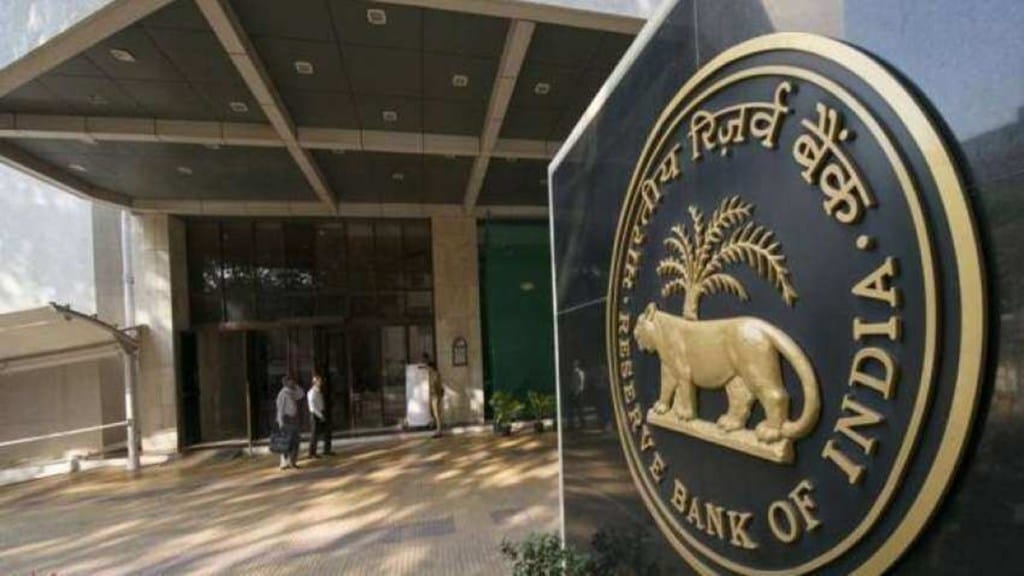The Monetary Policy Committee (MPC) of the Reserve Bank of India (RBI) is expected to trim the repo rate by 25 basis points (bps) today. A cut would indicate a shift of focus from controlling inflation to supporting growth. Recent liquidity injections by the RBI will support the cut, explains Anvitii Rai
Reasons behind the expectations of a rate cut
The central bank’s mandate is to rein in inflation while supporting growth. There has been a marked slowdown in the growth momentum; India’s GDP growth is tipped to slow to 6.4% in FY25, as per the first advance estimates, versus 8.2% in FY24. On the other hand, inflation is expected to moderate. Retail inflation, which is what the RBI tracks, is expected to come in at 4.8%- 4.9% in FY25, more or less in line with the RBI’s forecast of 4.8% and may range between 4.2-4.4% in FY26. As such, the central bank may feel it is important, at this juncture, to support the economy, and in turn, employment, by bringing down the cost of money. However, the current rate-cutting cycle is expected to be a shallow one in that the repo rate could be cut by just about 50- 75 basis points, with two successive rate cuts over February-April 2025.
This is the first monetary policy meeting under the leadership of newly appointed RBI governor Sanjay Malhotra, and if a rate cut is effected, it would be the first in nearly five years.
What has the RBI done so far to keep the cost of money low?
Adequate liquidity in the system is important to enable the transmission of a policy rate cut into lending rates. The systemic liquidity deficit has been in the range of Rs 65,000 crore-Rs 2 lakh crore over the December -January period. One reason for interest rates remaining high has been the shortage of liquidity in the system. That has left banks short of deposits, compelling them to offer savers higher interest rates. To reduce the shortage, the RBI has said it will infuse Rs 1.5 lakh crore into the banking system. This follows a 50 basis point reduction in the cash reserve ratio, which freed up `1.16 lakh crore for banks. The RBI is also using variable rate repo (VRR) auctions with a longer tenure, currency swap auctions and announced purchases of bonds. By allowing the rupee to depreciate, the RBI is also soaking up less rupee liquidity than it was earlier.
How will a repo rate cut help borrowers?
Interest rates on most bank loans —such as home loans, car loans or MSME loans — are linked to what is called an EBLR or external benchmark linked rate. The repo rate is one such EBLR. As such, a cut in the repo rate immediately lowers the interest rate on loans and benefits the borrowers.
A lower rate of interest encourages individuals and businesses to borrow more money from banks and non-banking financial institutions.
Cheaper loans encourage borrowers to buy homes or cars or consumer durables. If education loans become cheaper at a time when the rupee is at an all-time low, it would benefit those students taking loans to study abroad.
A greater flow of credit, should also help boost production and economic activity. It could give a fillip to consumption, supplementing the consumption boost provided in the Budget by way of a higher income tax rebate.
What can a rate cut mean for depositors?
Typically, when interest rates fall, lending rates get revised first while deposit rates are changed by banks as and when the deposits mature. As such, over time, the interest rate on deposits should trend down. However, in the current context, the tight liquidity has left banks short of deposits and therefore, interest rates on deposits have stayed high with banks competing for consumers’ savings. Until the liquidity deficit is reduced, deposit rates could stay high.
The other factor that determines the interest rate on deposits is the demand for loans. In a slowing economy, the demand for credit could stay somewhat subdued. In that case, banks might be unwilling to pay very high interest rates to garner deposits. In general, depositors and especially senior citizens — who depend primarily on bank deposits for their retirement income— lose out in an environment of falling interest rates.
How else can RBI help borrowers?
In November 2023, the central bank made the rules more stringent for unsecured loans such as credit card and personal loans. As such, banks were discouraged from adding exposure to these portfolios. While the RBI is unlikely to overturn these measures immediately, it might go slow on other proposed measures that would have increased the cost of funds for banks and slowed loan growth. Already, loan growth has been slowing. The measures include the provisioning for the proposed ECL or expected credit loss, which analysts say would impact loans by 1-2.5%. The proposed project finance norms which call for much more provisioning would also impact banks since they would need to set aside more capital, thus incurring a higher cost. If these proposals are not implemented it would spare banks from making additional provisions. These additional costs would then not be passed on to the borrowers.
